
漢德百科全書 | 汉德百科全书
 Berlin
Berlin
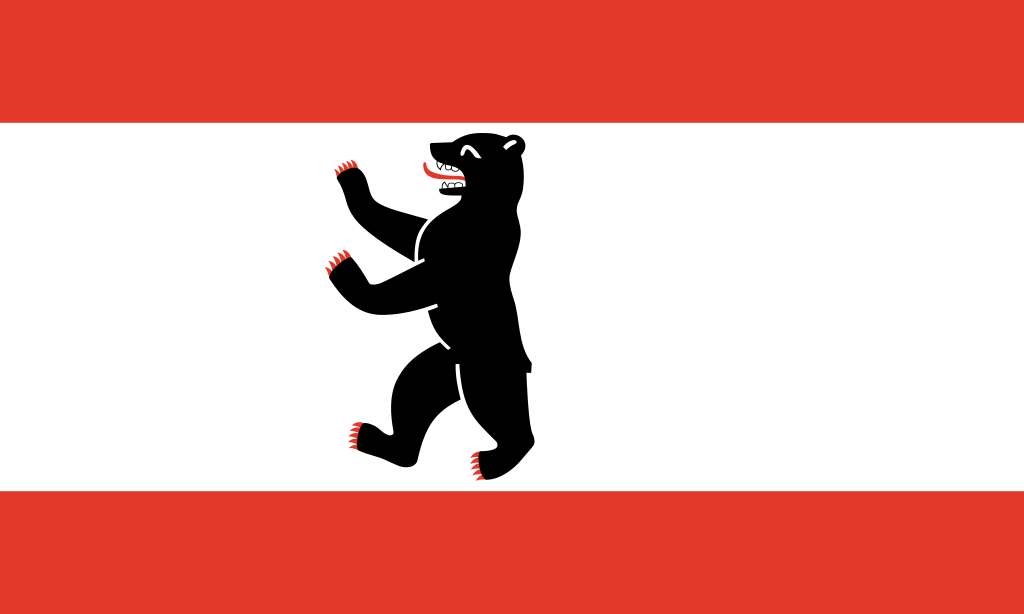


 Alstom
Alstom


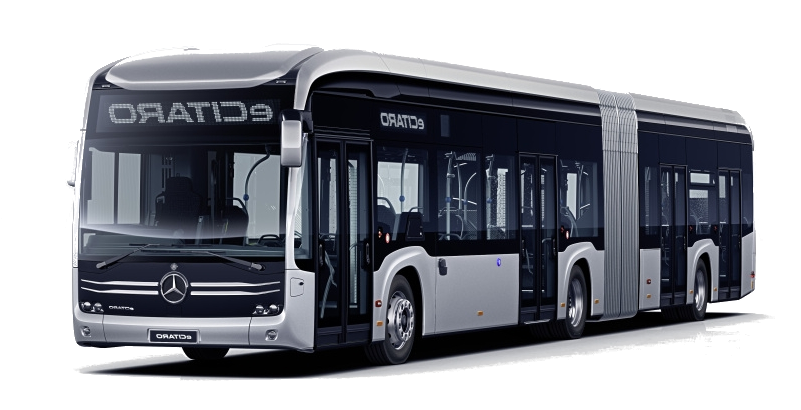
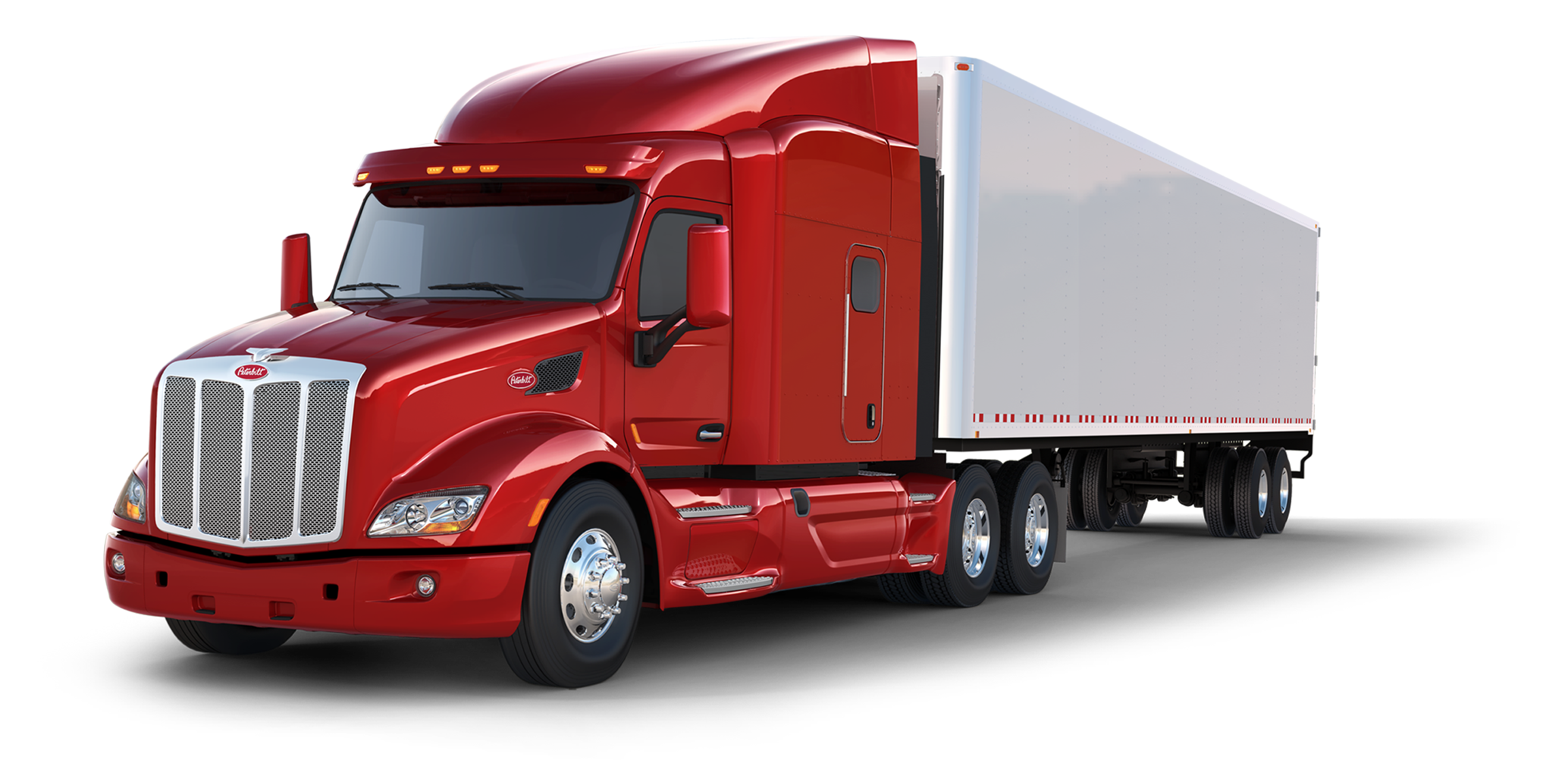 Automobile
Automobile
 *Automotive supplier
*Automotive supplier



 Automobile
Automobile
 *Electric car engine
*Electric car engine

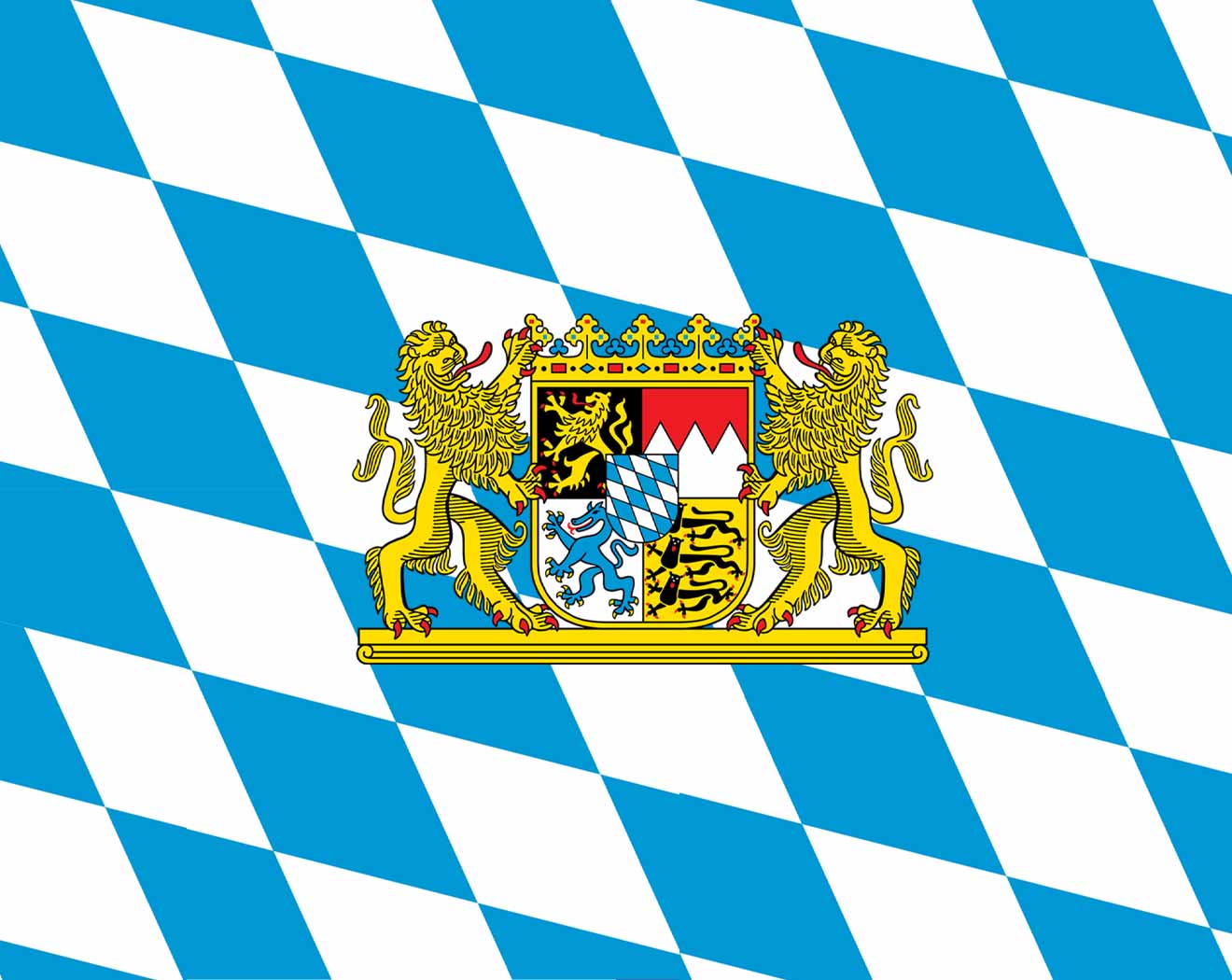 Bavaria
Bavaria

 Berlin
Berlin
 Germany
Germany


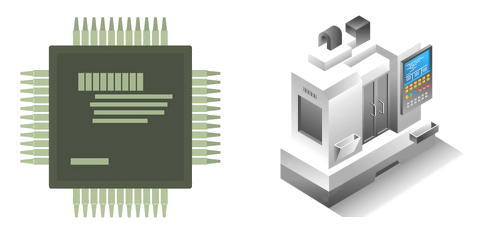 IT-Times
IT-Times
 PLC/DCS/FCS/SCADA/MES
PLC/DCS/FCS/SCADA/MES


 IT-Times
IT-Times
 Processing Units - CPU, GPU, APU, TPU, VPU, FPGA, QPU, IPU, PIC
Processing Units - CPU, GPU, APU, TPU, VPU, FPGA, QPU, IPU, PIC


 IT-Times
IT-Times
 Precision Instrument/Medical Equipment/Research Equipment
Precision Instrument/Medical Equipment/Research Equipment


 IT-Times
IT-Times
 Internet of Things
Internet of Things


 IT-Times
IT-Times
 Sensor
Sensor

 Kitchen equipment
Kitchen equipment

 Life and Style
Life and Style
 SIEMENS
SIEMENS
 ICE-1
ICE-1
 SIEMENS
SIEMENS
 ICE-2
ICE-2
 SIEMENS
SIEMENS
 ICE-3
ICE-3
 SIEMENS
SIEMENS
 ICE-T
ICE-T
 SIEMENS
SIEMENS
 Velaro
Velaro
 SIEMENS
SIEMENS
 AVE S103
AVE S103
 High speed train technology
High speed train technology
 Rad-Schiene-System
Rad-Schiene-System
 High speed train technology
High speed train technology
 Distributed Drive
Distributed Drive
 High speed train technology
High speed train technology
 Central drive
Central drive

 Transport and traffic
Transport and traffic
 High speed traffic
High speed traffic

 Transport and traffic
Transport and traffic
 High speed train technology
High speed train technology

 Companies
Companies
 *Big high-speed rail manufacturer
*Big high-speed rail manufacturer

 Companies
Companies
 *Largest electricity companies
*Largest electricity companies

 Companies
Companies
 *Centuries-old companies in the world
*Centuries-old companies in the world

 Science and technology
Science and technology
 Global Innovators
Global Innovators

Siemens ist ein integrierter, börsennotierter Technologiekonzern mit der Siemens AG als herrschendem Unternehmen und zahlreichen deutschen und internationalen Konzernunternehmen.
Das Unternehmen wurde als Telegraphen Bau-Anstalt von Siemens & Halske 1847 von Werner Siemens (ab 1888 nobilitiert: „von Siemens“) und Johann Georg Halske in Berlin gegründet. Die heutige Siemens AG wurde 1966 durch Fusion der Vorgängerfirmen Siemens & Halske AG, Siemens-Schuckertwerke AG und Siemens-Reiniger-Werke AG gebildet.
Der Siemens-Konzern hat 125 Standorte in Deutschland und ist in 190 Ländern vertreten. Er zählt weltweit zu den größten Unternehmen der Elektrotechnik und Elektronik. Der Unternehmenssitz ist in Berlin und München.
西门子股份有限公司(德语:SIEMENS AG,德语发音:[ˈziːmɛns])为德国的一家跨国企业,其电子与电机产品是全球业界先驱,并活跃于能源、医疗、工业、基础建设及城市业务等领域。西门子于1847年由维尔纳·冯·西门子建立,总部位于德国慕尼黑和柏林,于法兰克福证券交易所和纽约证券交易所挂牌上市。
シーメンス(独: Siemens AG)は、ドイツのバイエルン州ミュンヘンに本社を置く会社。もともと電信、電車、電子機器の製造会社から発展し、現在では情報通信、電力関連、交通、医療、防衛、生産設備、家電製品等の分野で製造、およびシステム・ソリューション事業を幅広く手がける会社である。フランクフルト証券取引所上場企業 (FWB: SIE)。2006年の連結売上高は873億ユーロ、連結純利益は303億ユーロ。
1847年12月12日に、ヴェルナー・フォン・ジーメンスによってベルリンに創業された電信機製造会社、ジーメンス・ウント・ハルスケに端を発する。後にジーメンス・ハルスケ電車会社に発展し、世界で最初の電車を製造し、1881年に営業運転を開始した。20世紀初頭、ゼネラル・エレクトリックを相手にAEGの支配権を争う格好となり、AEGと関係を深めた。
かつてはリオ・ティントが代表的な株主であったが、現在はミューチュアル・ファンドのバンガード・グループ、マイケル・カレンが2001年に立ち上げたソブリン・ウエルス・ファンドのNew Zealand Superannuation Fundである。
Siemens AG (German pronunciation: [ˈziːməns][4][5][6] or [-mɛns][6]) is a German multinational conglomerate company headquartered in Munich and the largest industrial manufacturing company in Europe with branch offices abroad.[7]
The principal divisions of the company are Industry, Energy, Healthcare (Siemens Healthineers), and Infrastructure & Cities, which represent the main activities of the company.[8][9][10] The company is a prominent maker of medical diagnostics equipment and its medical health-care division, which generates about 12 percent of the company's total sales, is its second-most profitable unit, after the industrial automation division.[11] The company is a component of the Euro Stoxx 50 stock market index.[12] Siemens and its subsidiaries employ approximately 385,000 people worldwide and reported global revenue of around €87 billion in 2019 according to its earnings release.
Siemens (prononcé en allemand : /ˈziːmɛns/) est un groupe international d’origine allemande spécialisé dans les secteurs de l'énergie, de la santé, de l'industrie et du bâtiment. Il a été fondé en 1847 par Werner von Siemens. Le groupe, dont le siège est à Munich, est le premier employeur privé d'Allemagne5, et la plus grande société d'ingénierie (en termes d'effectifs) en Europe.
Siemens AG è una multinazionale tedesca, fondata nel 1847,[3] attiva nei settori delle tecnologie, della mobilità e dei servizi,[4] con sede a Monaco di Baviera e presente con diversi uffici in circa 200 paesi.[5] L'azienda conta circa 385 000 dipendenti a livello mondiale[2] e nel 2019 ha registrato un fatturato di 86,849 miliardi di euro.[1]
Siemens AG (pronunciación alemana: [ˈziːməns]) es un conglomerado de empresas alemana con sedes en Berlín y Múnich considerada como la mayor empresa de fabricación industrial de Europa con 190 sucursales a lo largo del mundo. Siemens opera en 4 sectores principales: el sector industrial, energético, de salud (Siemens Healthineers) y de infraestructuras y ciudades. La empresa se caracteriza por el desarrollo de equipamiento de diagnóstico médico generando un 12% de beneficios después de su división de automatización industrial. Siemens emplea 379.000 personas alrededor del mundo reportando ingresos globales de 83 mil millones de euros en el año 2018. El grupo está representado en 190 países y es una de las compañías más grandes del mundo en ingeniería eléctrica y electrónica.
Siemens AG (нем. Siemens Aktiengesellschaft, в русской традиции «Си́менс»[3]) — немецкий конгломерат, работающий в области электротехники, электроники, энергетического оборудования, транспорта, медицинского оборудования и светотехники, а также специализированных услуг в различных областях промышленности, транспорта и связи. Штаб-квартиры находятся в Берлине и Мюнхене.
Акции компании включены в базу расчёта следующих фондовых индексов: DAX, S&P Global 100, Dow Jones EuroStoxx 50, Dow Jones Stoxx 50, Dow Jones Global Titans 50.

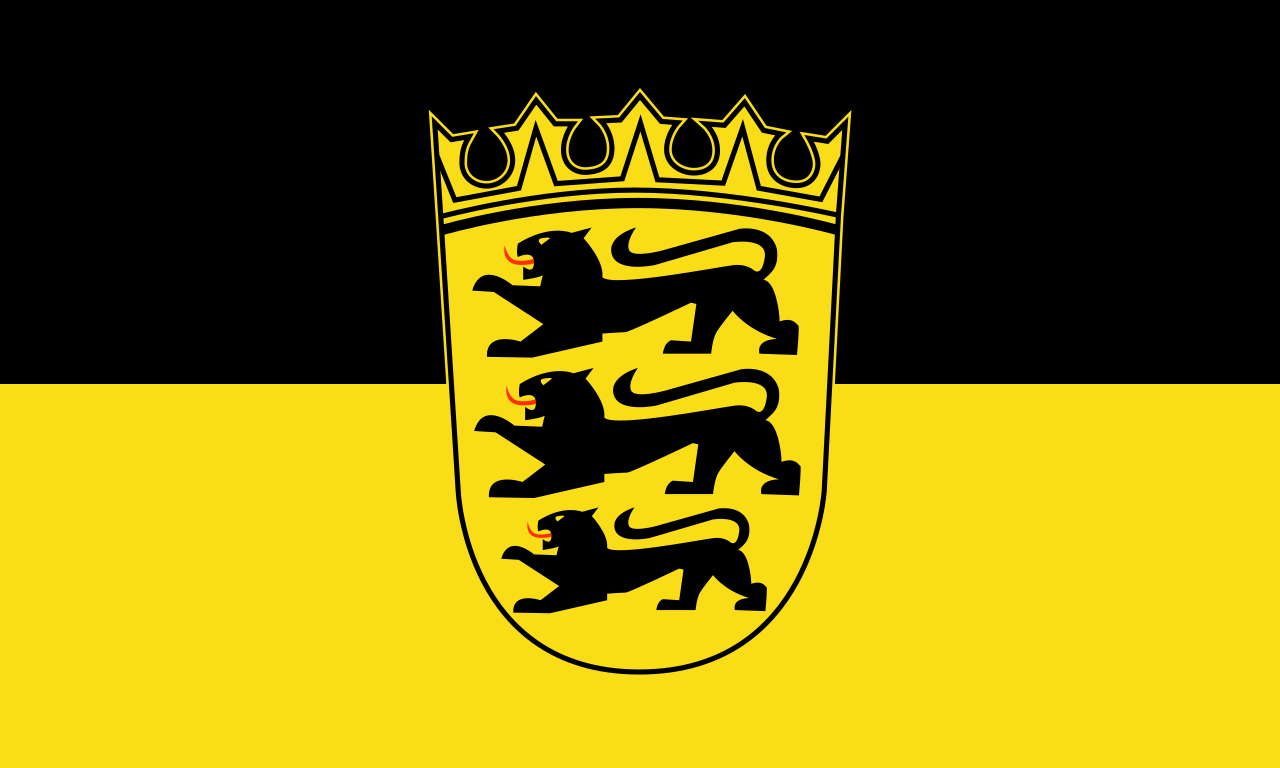 Baden-Wuerttemberg
Baden-Wuerttemberg

 Bavaria
Bavaria

 Berlin
Berlin

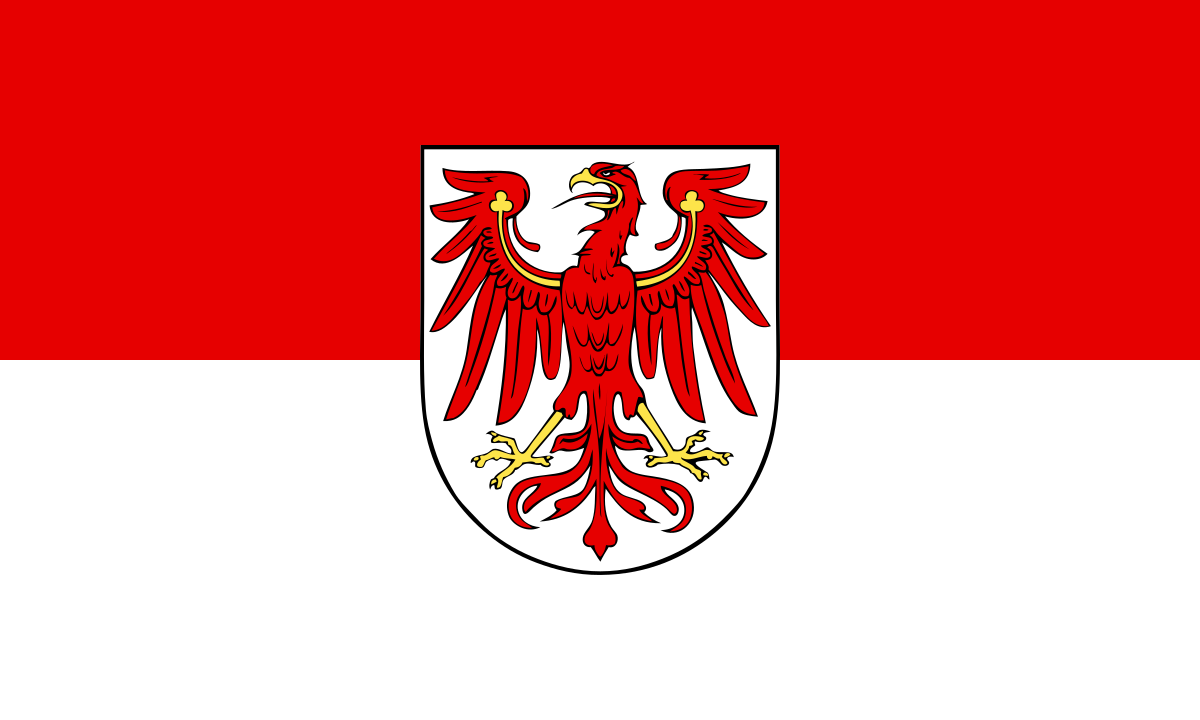 Brandenburg
Brandenburg

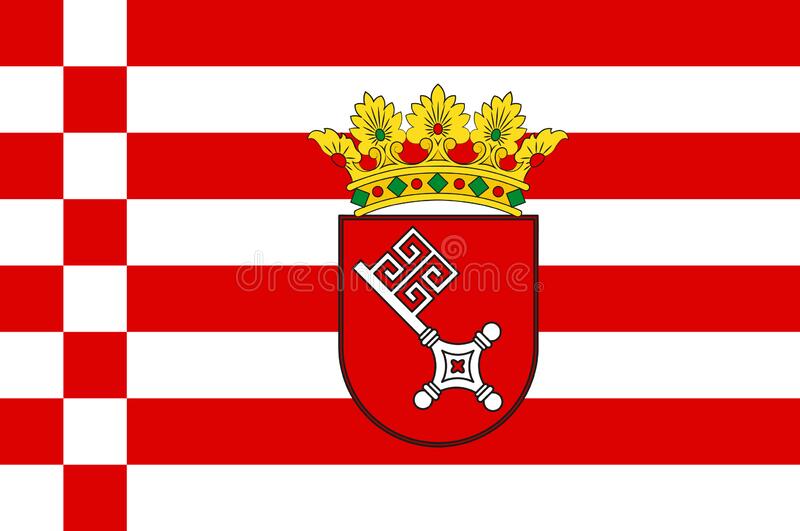 Bremen
Bremen
 Germany
Germany

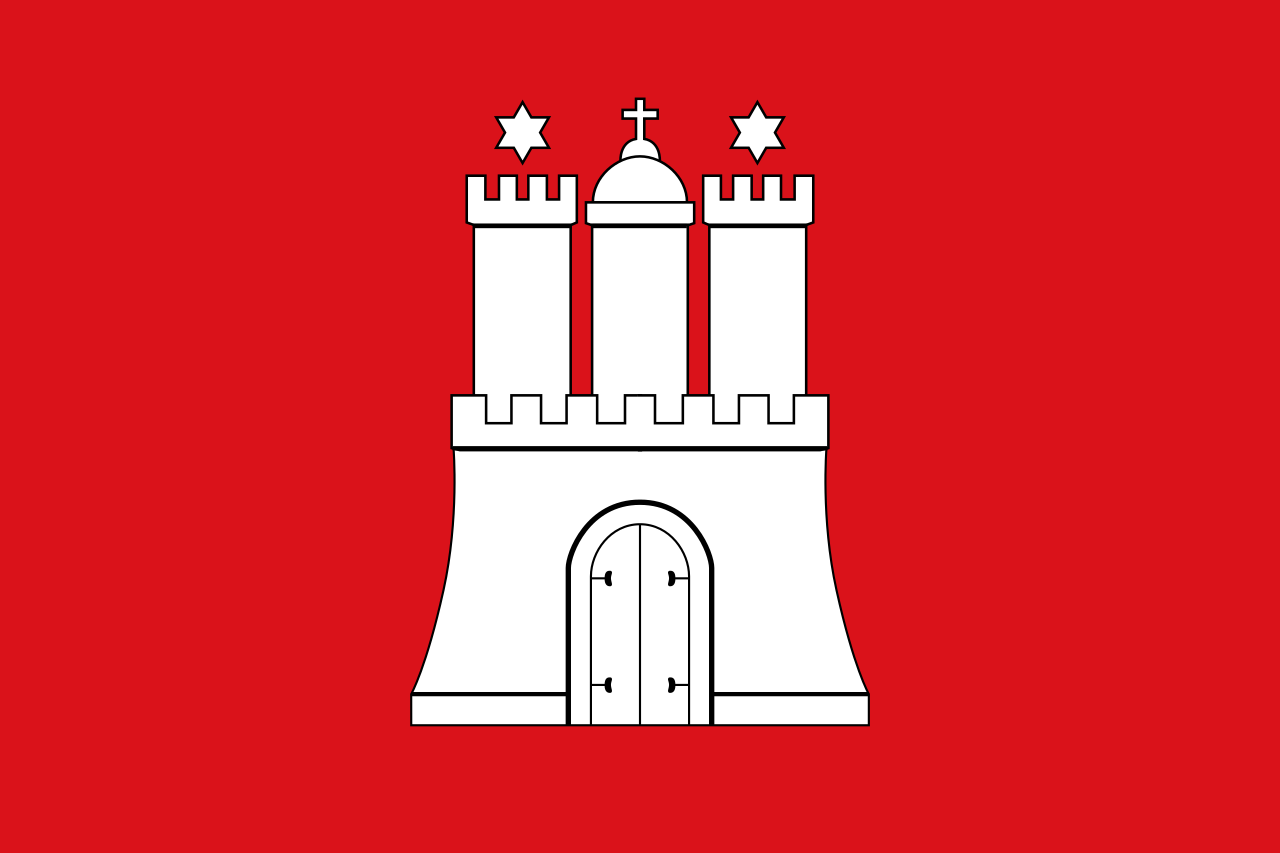 Hamburg
Hamburg

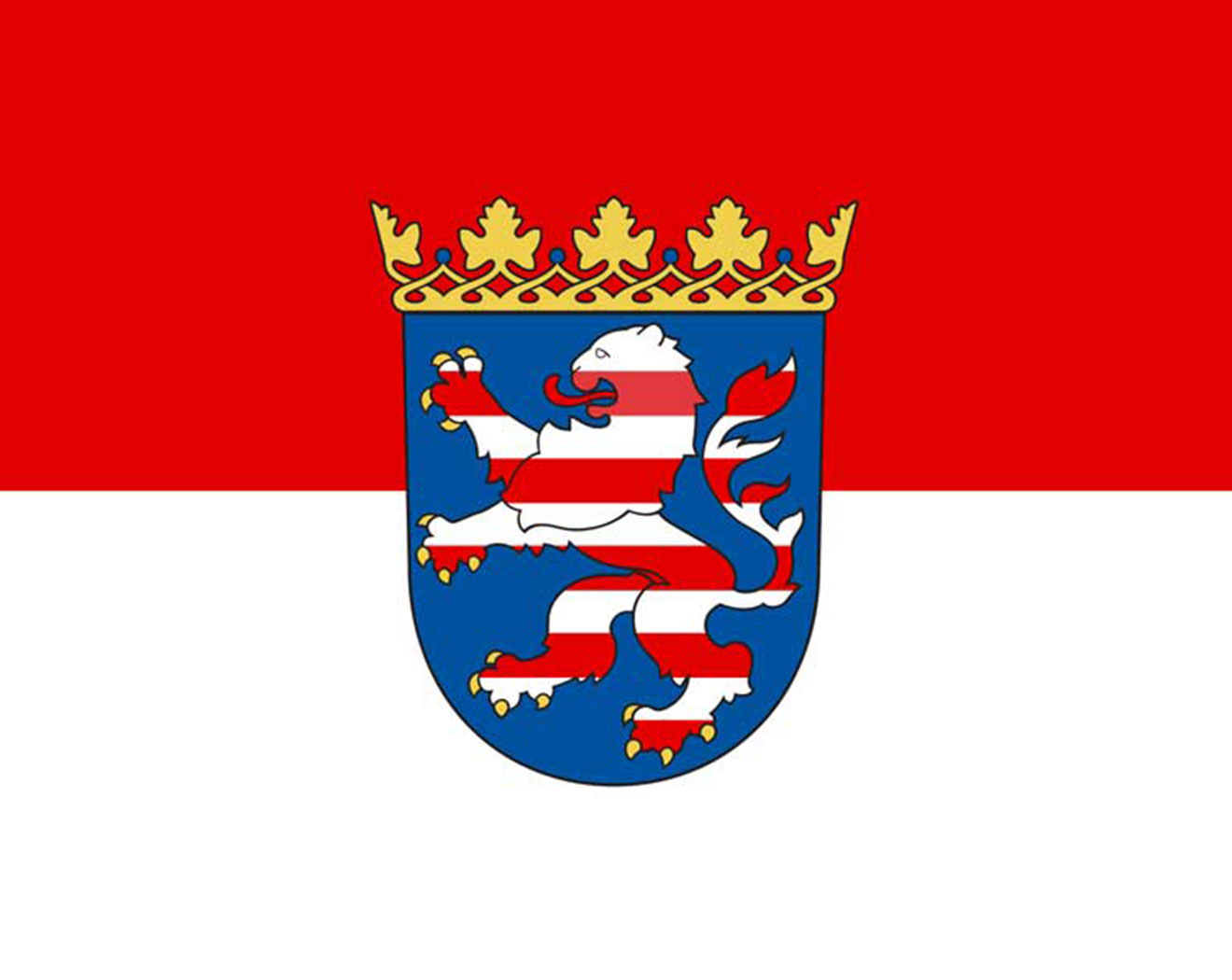 Hessen
Hessen

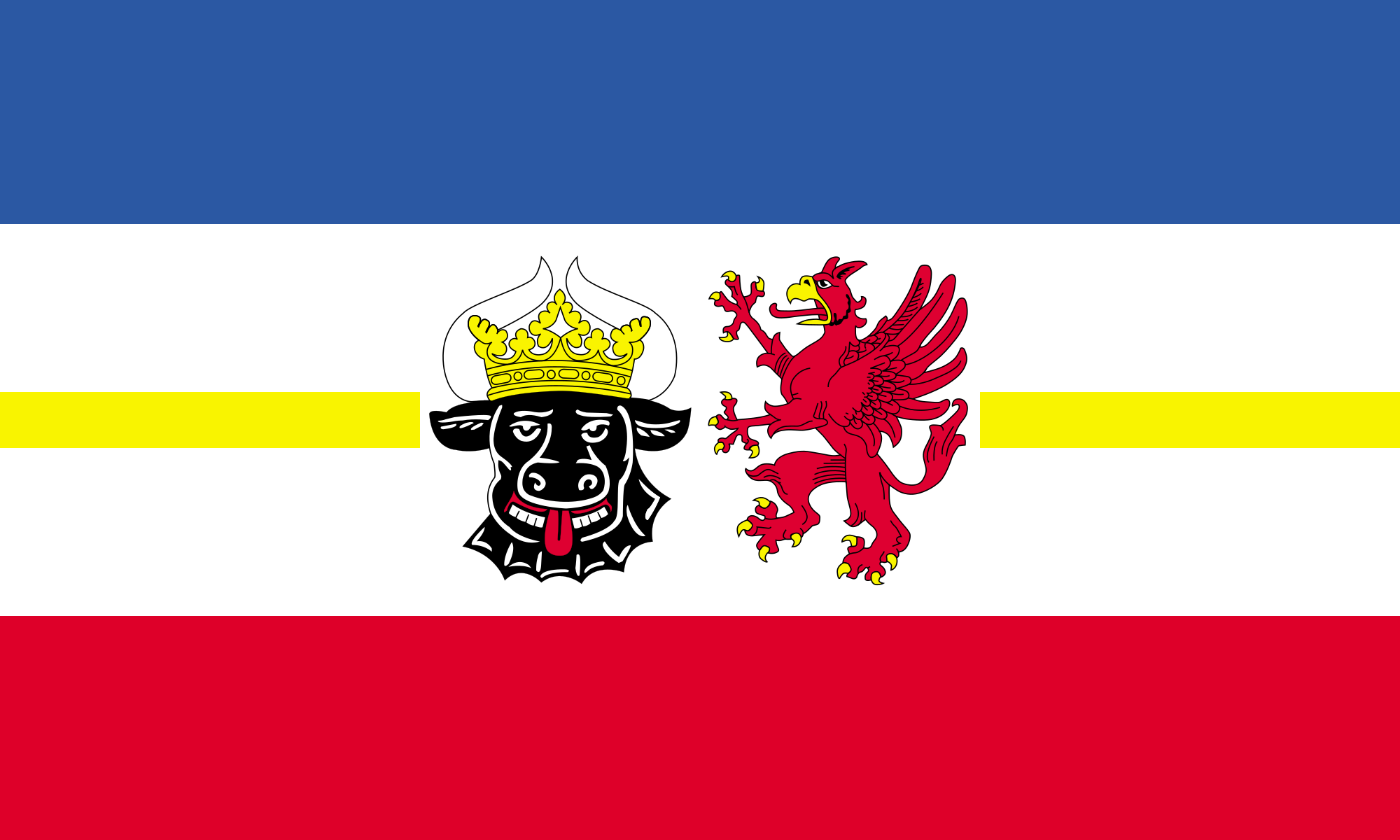 Mecklenburg-Vorpommern
Mecklenburg-Vorpommern

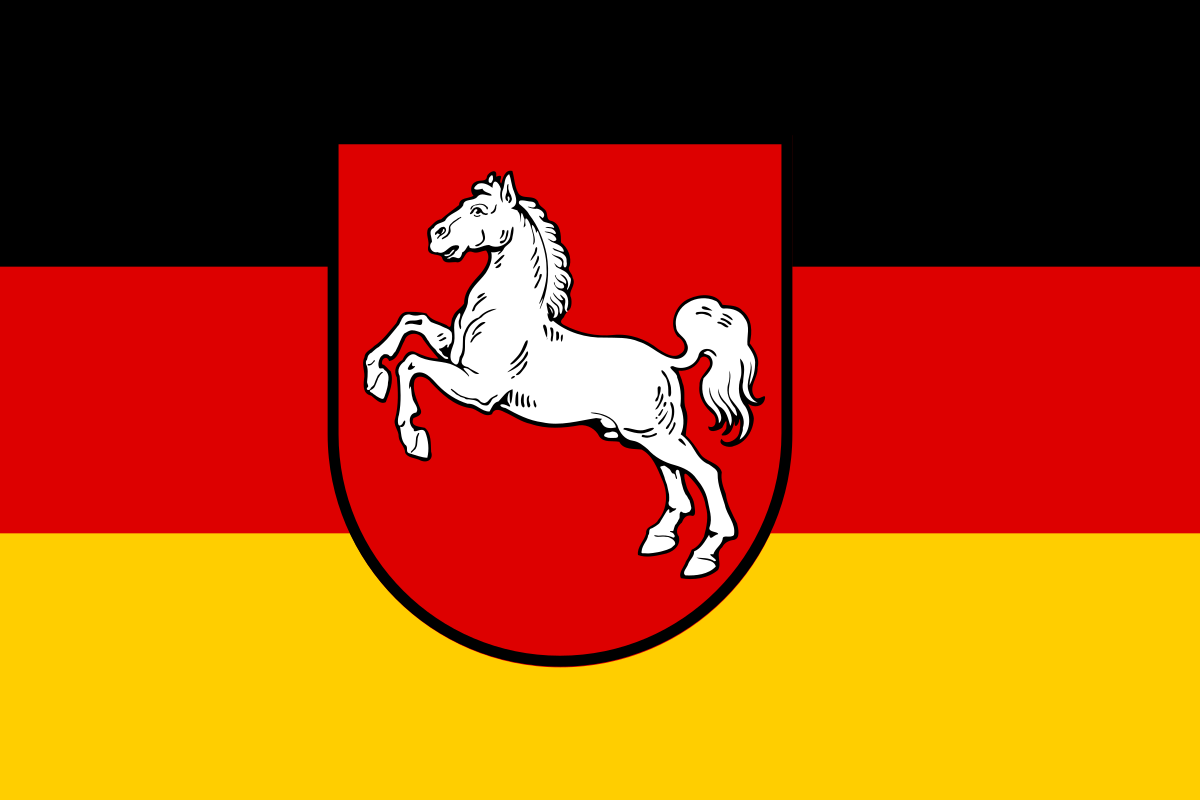 Lower Saxony
Lower Saxony

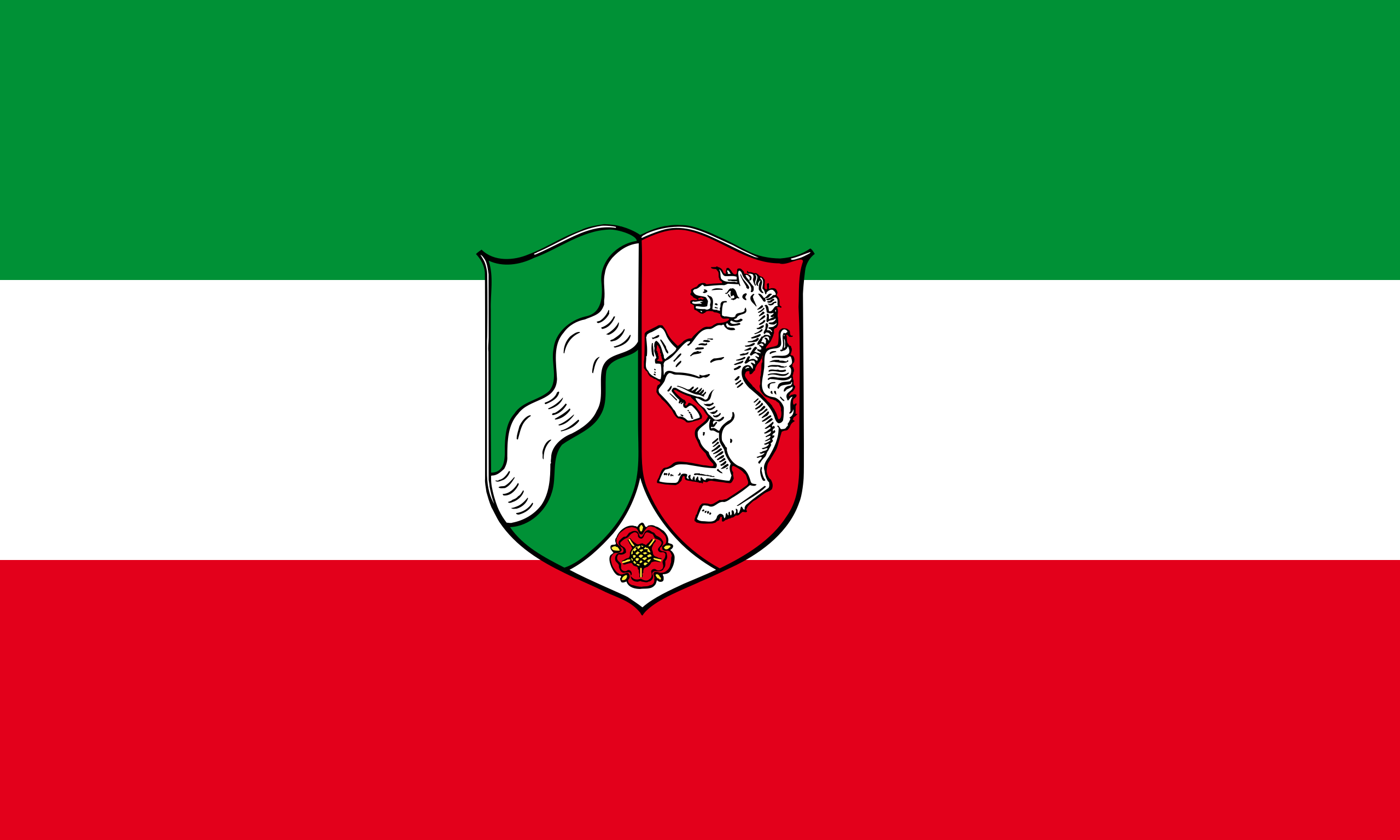 North Rhine-Westphalia
North Rhine-Westphalia

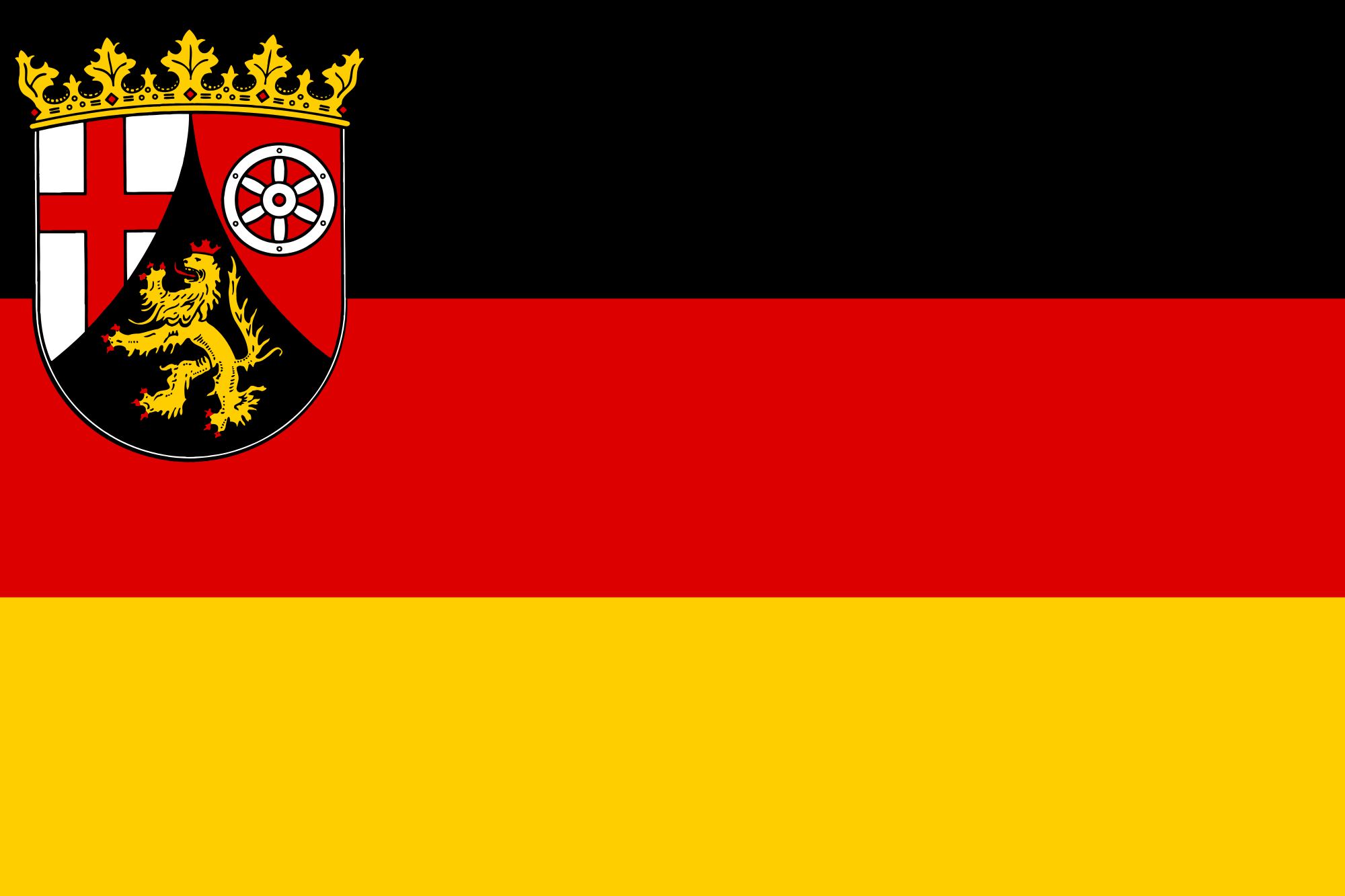 Rhineland-Palatinate
Rhineland-Palatinate

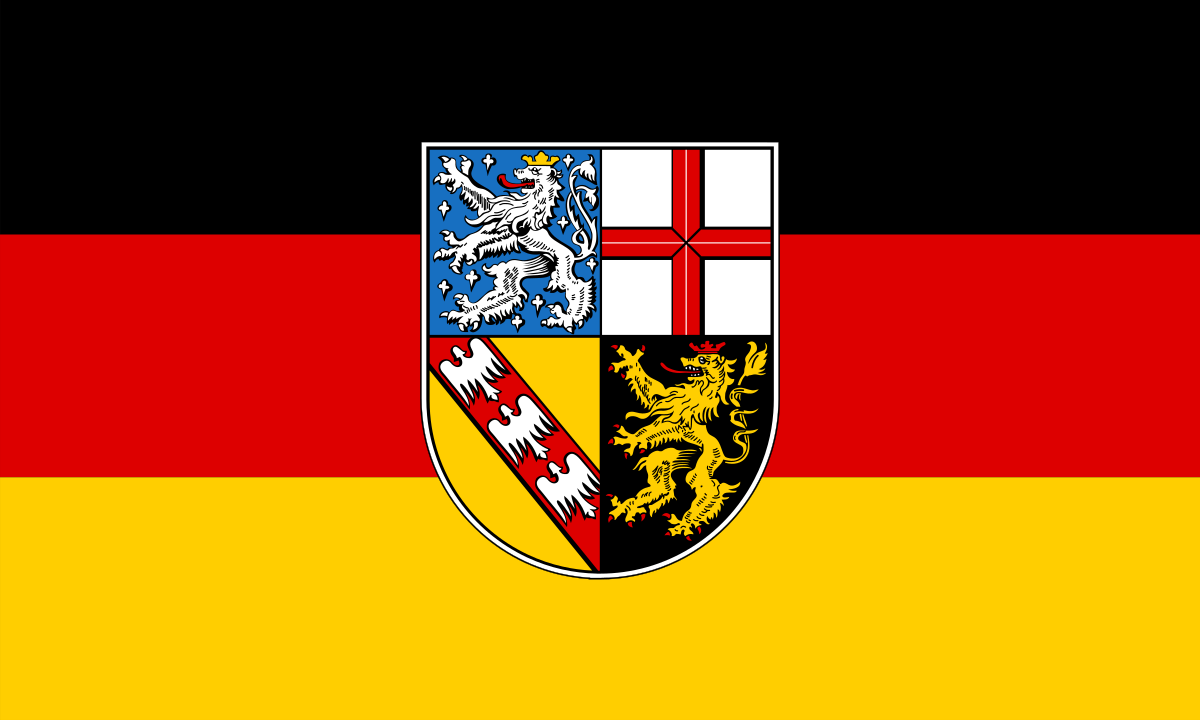 Saarland
Saarland

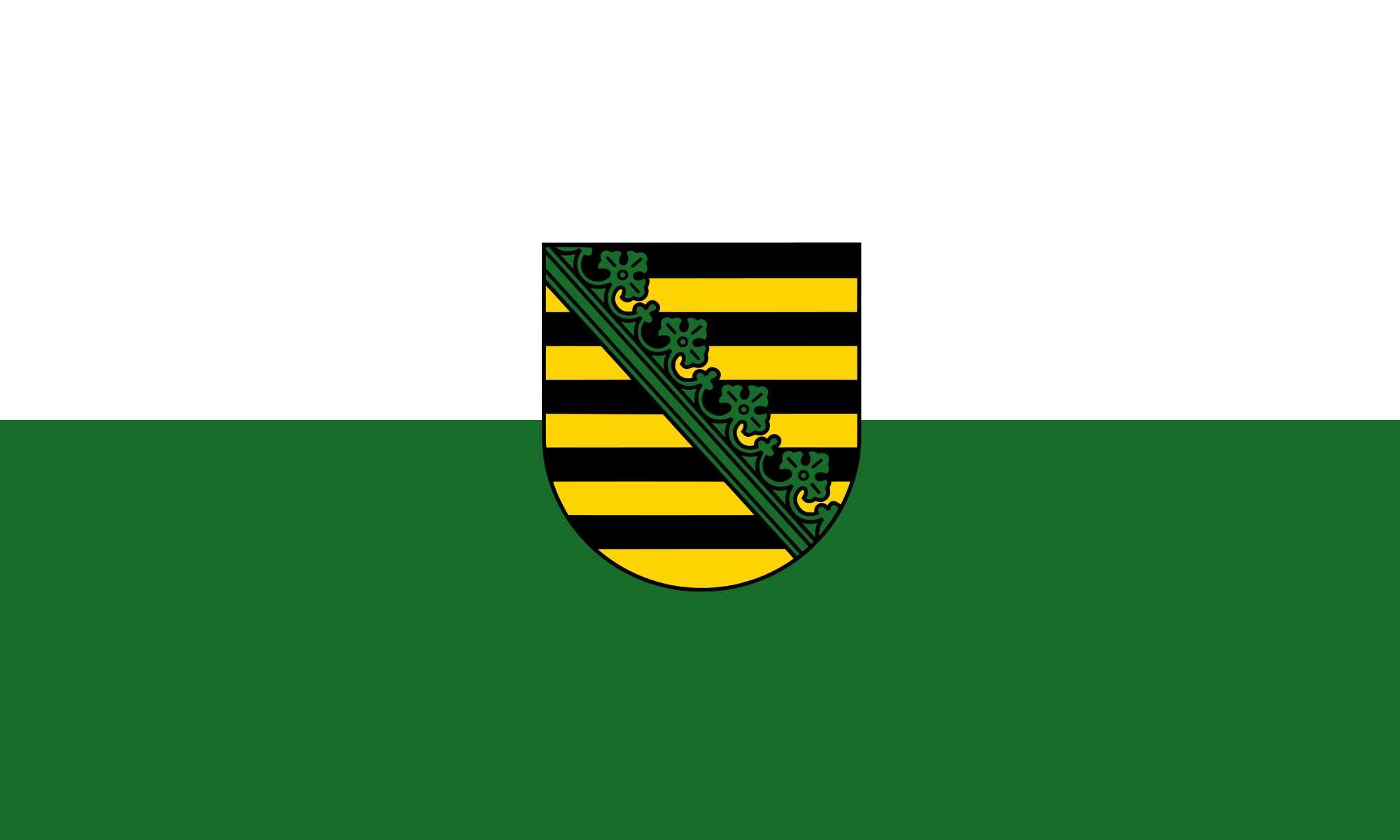 Saxony
Saxony

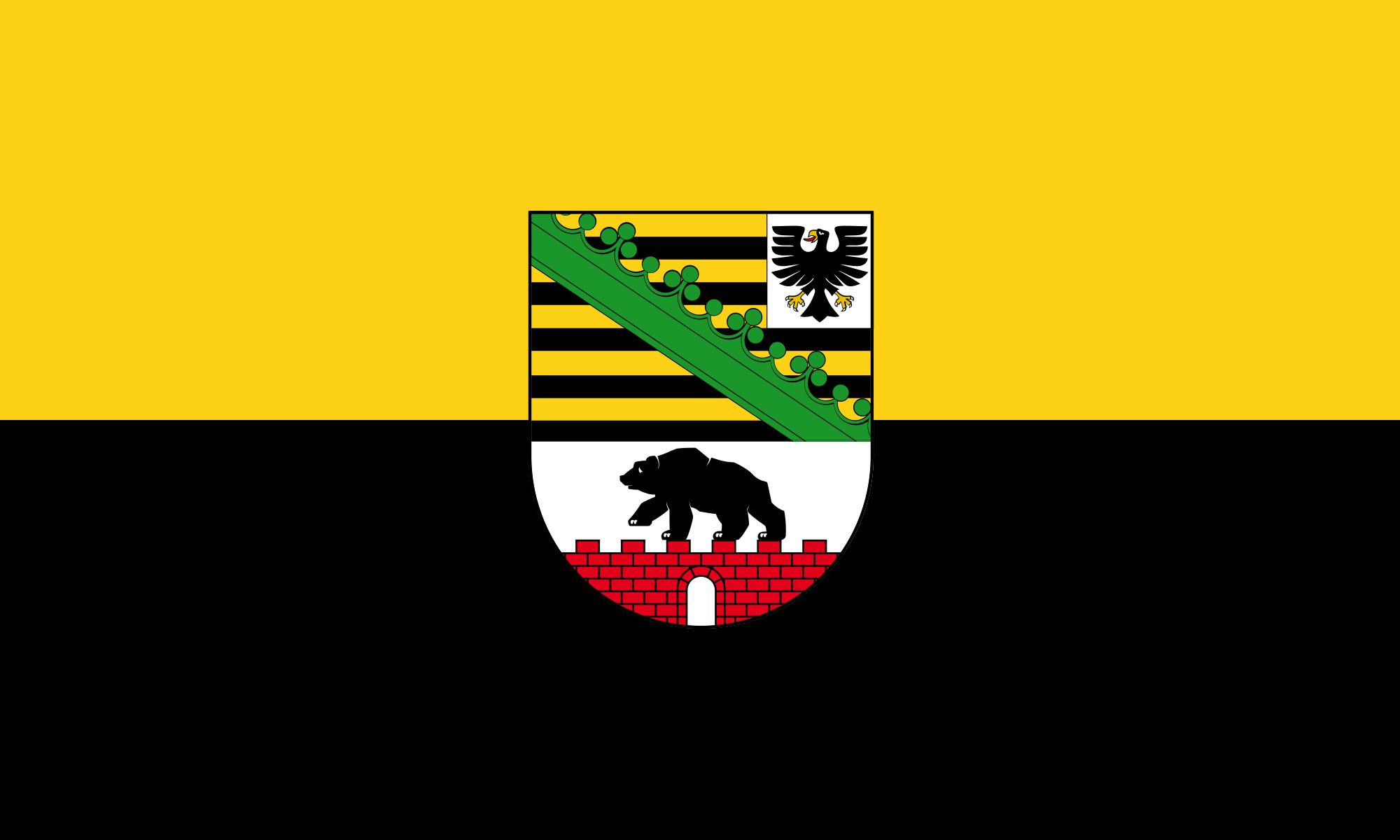 Saxony-Anhalt
Saxony-Anhalt

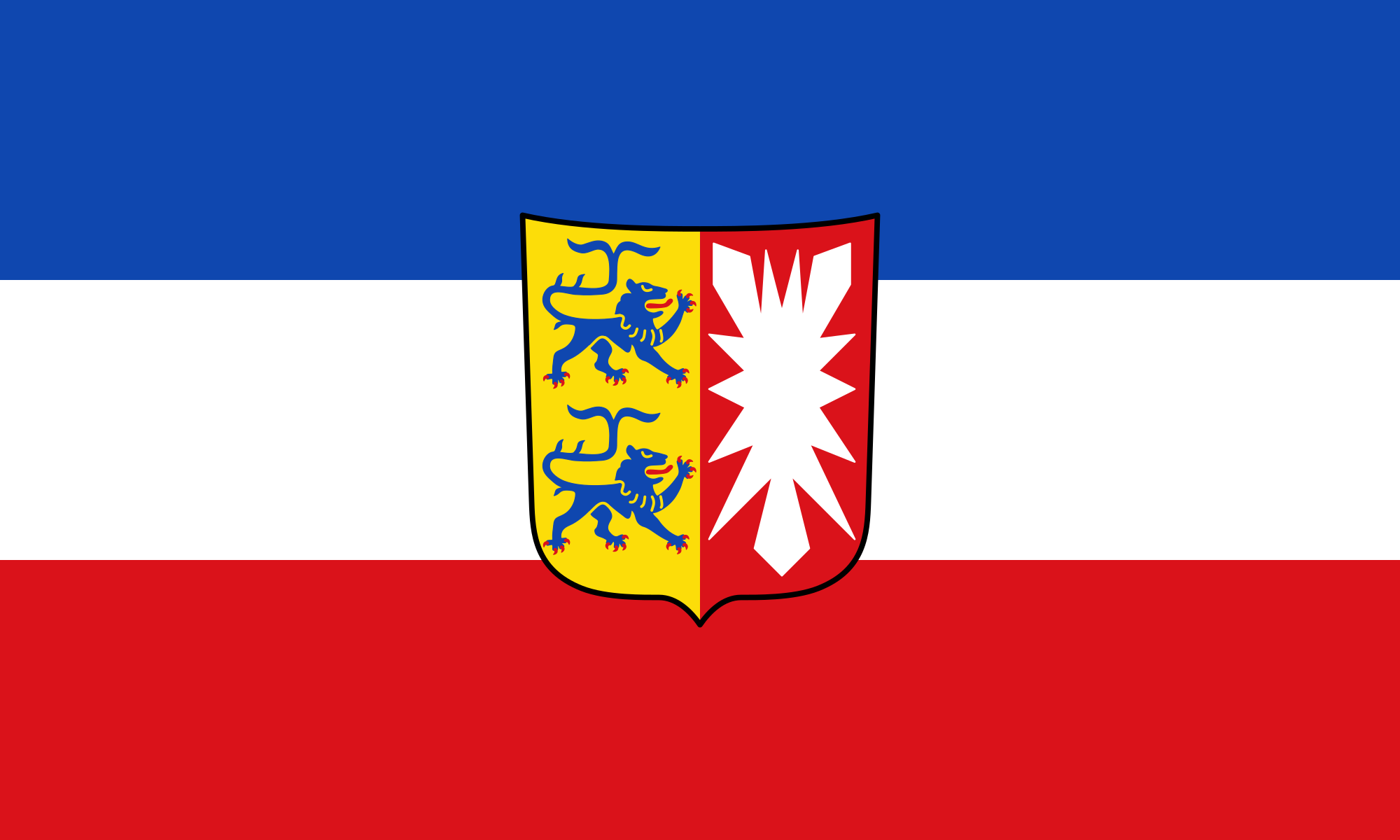 Schleswig-Holstein
Schleswig-Holstein

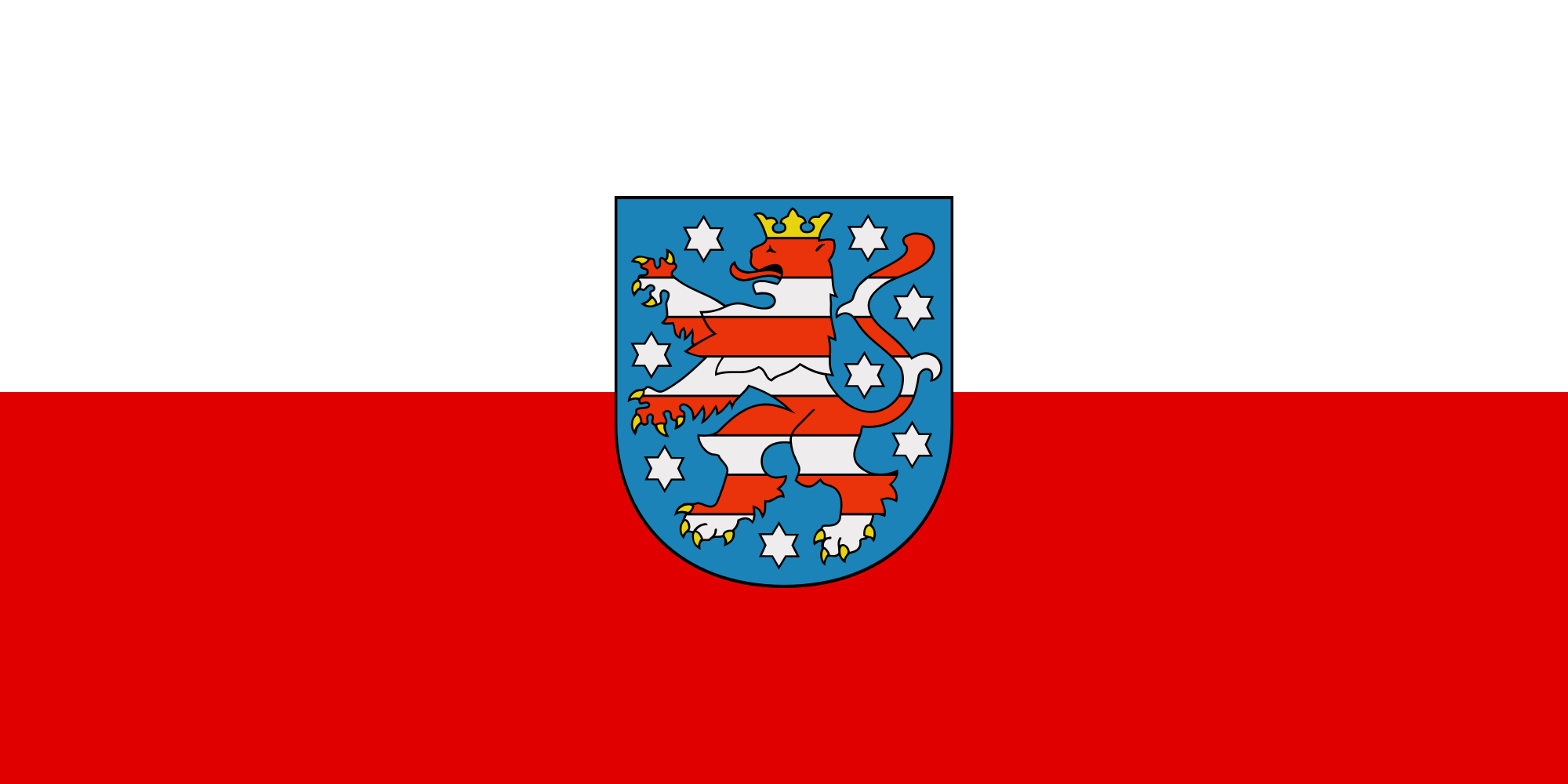 Thuringia
Thuringia

 Medical, Pharmaceutical, Rehabilitation
Medical, Pharmaceutical, Rehabilitation
 Hospital
Hospital

 Medical, Pharmaceutical, Rehabilitation
Medical, Pharmaceutical, Rehabilitation
 Medical colleges/Research Institute
Medical colleges/Research Institute




夏洛腾堡宫(Schloss Charlottenburg)是柏林唯一保存下来的霍恩佐伦王室盛大宫殿。这个始建于1695年的宫殿原名为吕岑堡(Lietzenburg), 建于1695—1699年,弗里德利希三世将其作为夏宫送给他夫人索菲亚•夏洛特(Sophie Charlotte,由阿诺德·讷灵anrnold nering设计)。1701年弗里德利希自己当上普鲁士皇帝后,进行了扩建。1705年普鲁士皇帝弗里德利希三世为纪念其去世的王后索菲亚•夏洛腾,将吕岑堡宫改名为夏洛腾堡宫。1740至1747年为弗里德利希大帝建了东宫。1787至1791年在弗里德利希•威廉二世时期命建筑师乔治·温策斯劳·冯·诺贝尔斯多夫(georg wenzeslaus von knobelsdorff)将当初的乡村别墅式建筑改建为巴洛克式宫殿,后又在其中扩建了一剧院。1918/1919革命后,宫殿归魏玛共和国所有,并且用作博物馆。二战期间宫殿大部分被毁。1950年起进行修复工作,基本保持了原样。
宫殿的侧厅由大柑橘园、剧院以及陈列着德国浪漫主义时期绘画作品的浪漫时期美术馆(galerie der romantik)组成;此外还有兰格汉斯(langhans)建筑,即史前和古代史博物馆。花园里有为路易斯王后修建的陵墓,还有望景楼——现为柏林瓷器博物馆。靠近王宫时,别错过风格独特的凉亭,由十九世纪最著名的建筑师卡尔·弗里德里希·申克尔设计。(Quelle:http://www.oushijianzhu.com)

Das Charlottenburger Tor ist ein neobarocker Torbau an der Straße des 17. Juni im Berliner Ortsteil Charlottenburg. Erbaut 1907–1908 nach Entwürfen von Bernhard Schaede, wurde es bei der Verbreiterung der Ost-West-Achse 1937–1938 auseinandergerückt. Das aus monumentalen Kolonnaden, Kandelabern und Figurengruppen bestehende Bauensemble diente ursprünglich als Eingangstor zur einstmals eigenständigen Großstadt Charlottenburg und bildet das Pendant zum Brandenburger Tor.
Zuletzt wurden 2004–2007 die Kolonnaden mit den erhaltenen Standbildern König Friedrichs I. und Königin Sophie Charlottes von Heinrich Baucke saniert und 2007–2010 die nach dem Zweiten Weltkrieg abgetragenen Kandelaber wiederaufgebaut. Die bekrönenden Pferde- und Hirschgruppen von Georg Wrba wurden bisher nicht wiederhergestellt.



 Beijing Shi-BJ
Beijing Shi-BJ
 Belarus
Belarus

 Berlin
Berlin

 Brandenburg
Brandenburg

 Bremen
Bremen
 China
China
 Germany
Germany
 France
France
 Gansu Sheng-GS
Gansu Sheng-GS
 Hebei Sheng-HE
Hebei Sheng-HE
 Heilongjiang Sheng-HL
Heilongjiang Sheng-HL
 Henan Sheng-HA
Henan Sheng-HA
 Hubei Sheng-HB
Hubei Sheng-HB
 Hunan Sheng-HN
Hunan Sheng-HN
 Iran
Iran
 Italy
Italy
 Jiangsu Sheng-JS
Jiangsu Sheng-JS
 Jilin Sheng-JL
Jilin Sheng-JL
 Kasachstan
Kasachstan
 Liaoning Sheng-LN
Liaoning Sheng-LN
 Nei Mongol Zizhiqu-NM
Nei Mongol Zizhiqu-NM
 Netherlands
Netherlands

 Lower Saxony
Lower Saxony
 Ningxia Huizu Zizhiqu-NX
Ningxia Huizu Zizhiqu-NX

 North Rhine-Westphalia
North Rhine-Westphalia
 Poland
Poland
 Portugal
Portugal
 Russia
Russia

 Saxony
Saxony

 Schleswig-Holstein
Schleswig-Holstein
 Shaanxi Sheng-SN
Shaanxi Sheng-SN
 Shandong Sheng-SD
Shandong Sheng-SD
 Shanxi Sheng-SX
Shanxi Sheng-SX
 Sichuan Sheng-SC
Sichuan Sheng-SC
 Spain
Spain
 Turkey
Turkey
 Turkmenistan
Turkmenistan
 Uzbekistan
Uzbekistan
 United Kingdom
United Kingdom
 Xinjiang Uygur Zizhiqu-XJ
Xinjiang Uygur Zizhiqu-XJ
 Zhejiang Sheng-ZJ
Zhejiang Sheng-ZJ
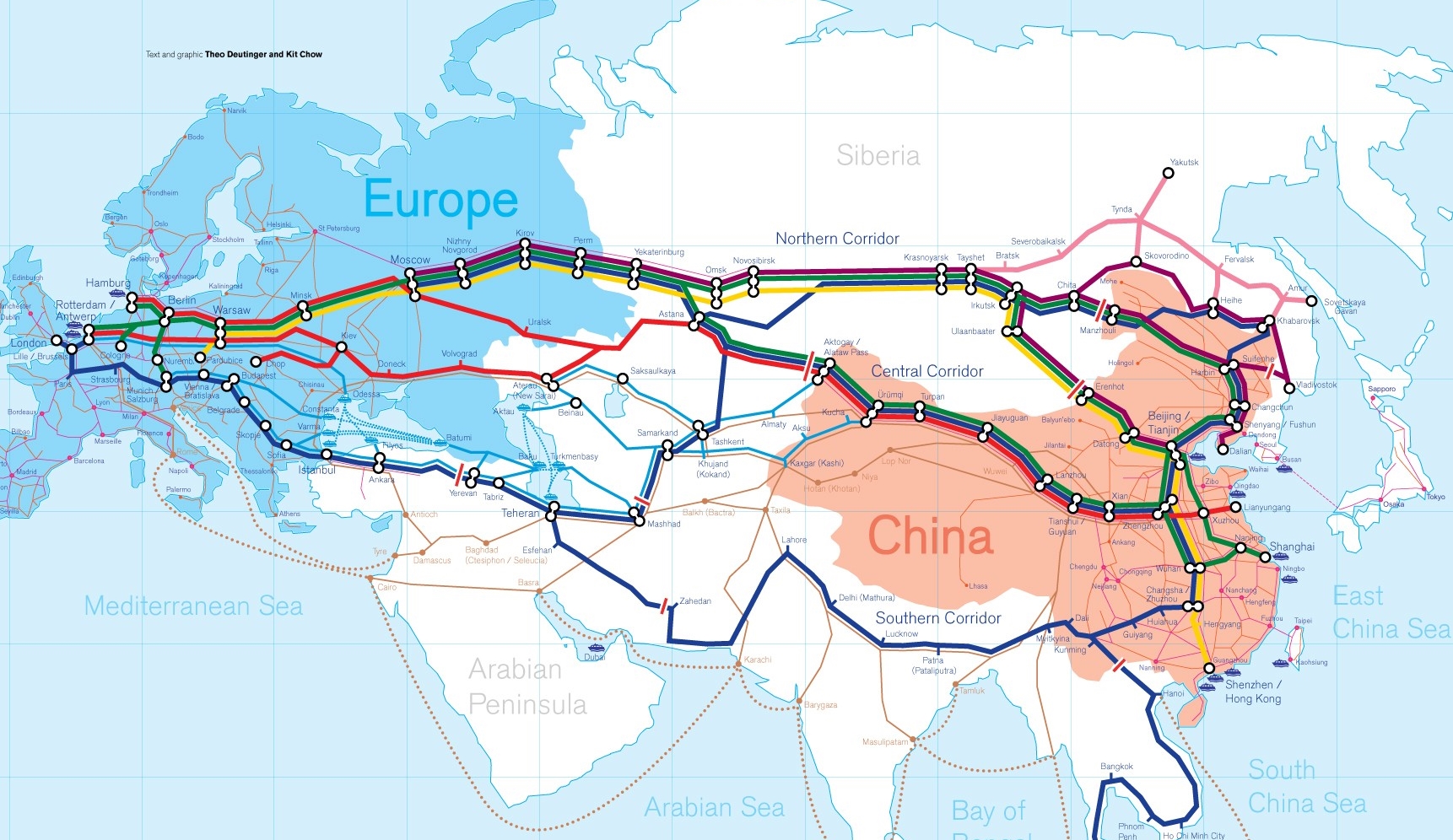
Die Neue eurasische Kontinentalbrücke (chinesisch 新亚欧大陆桥, Pinyin Xīn Yà-Ōu Dàlù Qiáo, englisch New Eurasian Continental Bridge), die auch Zweite eurasische Kontinentalbrücke (第二亚欧大陆桥, Dì'èr Yà-Ōu Dàlù Qiáo, englisch Second Eurasian Continental Bridge) genannt wird, ist eine 10.870 Kilometer[1] lange Eisenbahnverbindung, die Rotterdam in Europa mit der ostchinesischen Hafenstadt Lianyungang in der Provinz Jiangsu verbindet.
Sie besteht seit 1990 und führt durch die Dsungarische Pforte (Grenzbahnhof Alashankou). Die Lan-Xin-Bahn (chinesisch 兰新铁路, Pinyin Lán-Xīn Tiělù), also die Strecke von Lanzhou nach Ürümqi (in Xinjiang), ist ein Teil von ihr.
Es gibt eine nördliche, mittlere und südliche Route.[2] Die mittlere Strecke verläuft durch Kasachstan über Dostyk, Aqtogai, Astana, Samara, Smolensk, Brest, Warschau, Berlin zum Hafen von Rotterdam.[3] Vom slowakischen Košice soll auch eine Abzweigung in den Großraum Wien führen, siehe Breitspurstrecke Košice–Wien.
亚欧大陆桥,或新世纪亚欧大陆桥,是在中国大陆的新闻报道中经常出现的一个词语,特指从中国东部的沿海港口(有时特指连云港),沿陇海铁路、兰新铁路、北疆铁路,通过中亚、西亚到达欧洲的铁路路线。这条铁路在中国境外的具体走向,并没有任何官方文件精确指明,一说是经哈萨克斯坦、乌兹别克斯坦、土库曼斯坦、伊朗到达土耳其;一说是经俄罗斯、白俄罗斯、波兰、德国到达荷兰鹿特丹。全长10,800.32公里,1990年9月12日贯通。
The New Eurasian Land Bridge, also called the Second or New Eurasian Continental Bridge, is the southern branch of the Eurasian Land Bridge rail links running through China. The Eurasian Land Bridge is the overland rail link between Asia and Europe.
Due to a break-of-gauge between standard gauge used in China and the Russian gauge used in the former Soviet Union countries, containers must be physically transferred from Chinese to Kazakh railway cars at Dostyk on the Chinese-Kazakh border and again at the Belarus-Poland border where the standard gauge used in western Europe begins. This is done with truck-mounted cranes.[1] Chinese media often states that the New Eurasian Land/Continental Bridge extends from Lianyungang to Rotterdam, a distance of 11,870 kilometres (7,380 mi). The exact route used to connect the two cities is not always specified in Chinese media reports, but appears to usually refer to the route which passes through Kazakhstan.
All rail freight from China across the Eurasian Land Bridge must pass north of the Caspian Sea through Russia at some point. A proposed alternative would pass through Turkey and Bulgaria,[2] but any route south of the Caspian Sea must pass through Iran.[1]
Kazakhstan's President Nursultan Nazarbayev urged Eurasian and Chinese leaders at the 18th Shanghai Cooperation Organisation to construct the Eurasian high-speed railway (EHSRW) following a Beijing-Astana-Moscow-Berlin.[3]
The Eurasian Land Bridge (Russian: Евразийский сухопутный мост, Yevraziyskiy sukhoputniy most), sometimes called the New Silk Road (Новый шёлковый путь, Noviy shyolkoviy put'), or Belt and Road Initiative is the rail transport route for moving freight and passengers overland between Pacific seaports in the Russian Far East and China and seaports in Europe. The route, a transcontinental railroad and rail land bridge, currently comprises the Trans-Siberian Railway, which runs through Russia and is sometimes called the Northern East-West Corridor, and the New Eurasian Land Bridge or Second Eurasian Continental Bridge, running through China and Kazakhstan. As of November 2007, about 1% of the $600 billion in goods shipped from Asia to Europe each year were delivered by inland transport routes.[1]
Completed in 1916, the Trans-Siberian connects Moscow with Russian Pacific seaports such as Vladivostok. From the 1960s until the early 1990s the railway served as the primary land bridge between Asia and Europe, until several factors caused the use of the railway for transcontinental freight to dwindle. One factor is that the railways of the former Soviet Union use a wider rail gauge than most of the rest of Europe as well as China. Recently, however, the Trans-Siberian has regained ground as a viable land route between the two continents.[why?]
China's rail system had long linked to the Trans-Siberian via northeastern China and Mongolia. In 1990 China added a link between its rail system and the Trans-Siberian via Kazakhstan. China calls its uninterrupted rail link between the port city of Lianyungang and Kazakhstan the New Eurasian Land Bridge or Second Eurasian Continental Bridge. In addition to Kazakhstan, the railways connect with other countries in Central Asia and the Middle East, including Iran. With the October 2013 completion of the rail link across the Bosphorus under the Marmaray project the New Eurasian Land Bridge now theoretically connects to Europe via Central and South Asia.
Proposed expansion of the Eurasian Land Bridge includes construction of a railway across Kazakhstan that is the same gauge as Chinese railways, rail links to India, Burma, Thailand, Malaysia and elsewhere in Southeast Asia, construction of a rail tunnel and highway bridge across the Bering Strait to connect the Trans-Siberian to the North American rail system, and construction of a rail tunnel between South Korea and Japan. The United Nations has proposed further expansion of the Eurasian Land Bridge, including the Trans-Asian Railway project.
El Nuevo Puente de Tierra de Eurasia es también llamado el Segundo o Nuevo Puente Continental de Eurasia. Es la rama meridional de las conexiones ferroviarias del Puente de Tierra de Eurasia (también conocido como "Nueva Ruta de la Seda") que se extienden a través de la República Popular China, atravesando Kazajistán, Rusia y Bielorrusia. El Puente de Tierra de Eurasia es el enlace ferroviario terrestre entre Asia Oriental y Europa.
La Nueva Ruta de la Seda (en ruso, Новый шёлковый путь, Noviy shyolkoviy put), o Puente Terrestre Euroasiático, es la ruta de transporte ferroviario para el movimiento de tren de mercancías y tren de pasajeros por tierra entre los puertos del Pacífico, en el Lejano Oriente ruso y chino y los puertos marítimos en Europa.
La ruta, un ferrocarril transcontinental y puente terrestre, actualmente comprende el ferrocarril Transiberiano, que se extiende a través de Rusia, y el nuevo puente de tierra de Eurasia o segundo puente continental de Eurasia, que discurre a través de China y Kazajistán, también se van a construir carreteras entre las ciudades de la ruta. A partir de noviembre de 2007, aproximadamente el 1% de los 600 millones de dólares en bienes enviados desde Asia a Europa cada año se entregaron por vías de transporte terrestre.1
Terminado en 1916, el tren Transiberiano conecta Moscú con el lejano puerto de Vladivostok en el océano Pacífico, el más largo del mundo en el Lejano Oriente e importante puerto del Pacífico. Desde la década de 1960 hasta principios de 1990 el ferrocarril sirvió como el principal puente terrestre entre Asia y Europa, hasta que varios factores hicieron que el uso de la vía férrea transcontinental para el transporte de carga disminuyese.
Un factor es que los ferrocarriles de la Unión Soviética utilizan un ancho de vía más ancho en los rieles que la mayor parte del resto de Europa y China, y el transporte en barcos de carga por el canal de Suez en Egipto, construido por Inglaterra. El sistema ferroviario de China se une al Transiberiano en el noreste de China y Mongolia. En 1990 China añadió un enlace entre su sistema ferroviario y el Transiberiano a través de Kazajistán. China denomina a su enlace ferroviario ininterrumpido entre la ciudad portuaria de Lianyungang y Kazajistán como el «Puente terrestre de Nueva Eurasia» o «Segundo puente continental Euroasiático». Además de Kazajistán, los ferrocarriles conectan con otros países de Asia Central y Oriente Medio, incluyendo a Irán. Con la finalización en octubre de 2013 de la línea ferroviaria a través del Bósforo en el marco del proyecto Marmaray el puente de tierra de Nueva Eurasia conecta ahora teóricamente a Europa a través de Asia Central y del Sur.
La propuesta de ampliación del Puente Terrestre Euroasiático incluye la construcción de un ferrocarril a través de Kazajistán con el mismo ancho de vía que los ferrocarriles chinos, enlaces ferroviarios a la India, Birmania, Tailandia, Malasia y otros países del sudeste asiático, la construcción de un túnel ferroviario y un puente de carretera a través del estrecho de Bering para conectar el Transiberiano al sistema ferroviario de América del Norte, y la construcción de un túnel ferroviario entre Corea del Sur y Japón. Las Naciones Unidas ha propuesto una mayor expansión del Puente Terrestre Euroasiático, incluyendo el proyecto del ferrocarril transasiático.
Новый шёлковый путь (Евразийский сухопутный мост — концепция новой паневразийской (в перспективе — межконтинентальной) транспортной системы, продвигаемой Китаем, в сотрудничестве с Казахстаном, Россией и другими странами, для перемещения грузов и пассажиров по суше из Китая в страны Европы. Транспортный маршрут включает трансконтинентальную железную дорогу — Транссибирскую магистраль, которая проходит через Россию и второй Евразийский континентальный мост[en], проходящий через Казахстан[1]. Поезда по этому самому длинному в мире грузовому железнодорожному маршруту из Китая в Германию будут идти 15 дней, что в 2 раза быстрее, чем по морскому маршруту через Суэцкий канал[2].
Идея Нового шёлкового пути основывается на историческом примере древнего Великого шёлкового пути, действовавшего со II в. до н. э. и бывшего одним из важнейших торговых маршрутов в древности и в средние века. Современный НШП является важнейшей частью стратегии развития Китая в современном мире — Новый шёлковый путь не только должен выстроить самые удобные и быстрые транзитные маршруты через центр Евразии, но и усилить экономическое развитие внутренних регионов Китая и соседних стран, а также создать новые рынки для китайских товаров (по состоянию на ноябрь 2007 года, около 1 % от товаров на 600 млрд долл. из Азии в Европу ежегодно доставлялись наземным транспортом[3]).
Китай продвигает проект «Нового шёлкового пути» не просто как возрождение древнего Шёлкового пути, транспортного маршрута между Востоком и Западом, но как масштабное преобразование всей торгово-экономической модели Евразии, и в первую очередь — Центральной и Средней Азии. Китайцы называют эту концепцию — «один пояс — один путь». Она включает в себя множество инфраструктурных проектов, которые должны в итоге опоясать всю планету. Проект всемирной системы транспортных коридоров соединяет Австралию и Индонезию, всю Центральную и Восточную Азию, Ближний Восток, Европу, Африку и через Латинскую Америку выходит к США. Среди проектов в рамках НШП планируются железные дороги и шоссе, морские и воздушные пути, трубопроводы и линии электропередач, и вся сопутствующая инфраструктура. По самым скромным оценкам, НШП втянет в свою орбиту 4,4 миллиарда человек — более половины населения Земли[4].
Предполагаемое расширение Евразийского сухопутного моста включает в себя строительство железнодорожных путей от трансконтинентальных линий в Иран, Индию, Мьянму, Таиланд, Пакистан, Непал, Афганистан и Малайзию, в другие регионы Юго-Восточной Азии и Закавказья (Азербайджан, Грузия). Маршрут включает тоннель Мармарай под проливом Босфор, паромные переправы через Каспийское море (Азербайджан-Иран-Туркменистан-Казахстан) и коридор Север-Юг.Организация Объединенных Наций предложила дальнейшее расширение Евразийского сухопутного моста, в том числе проекта Трансазиатской железной дороги (фактически существует уже в 2 вариантах).
Для развития инфраструктурных проектов в странах вдоль Нового шёлкового пути и Морского Шёлкового пути и с целью содействия сбыту китайской продукции в декабре 2014 года был создан инвестиционный Фонд Шёлкового пути[5].
8 мая 2015 года было подписано совместное заявление Президента РФ В. Путина и Председателя КНР Си Цзиньпина о сотрудничестве России и Китая, в рамках ЕАЭС и трансевразийского торгово-инфраструктурного проекта экономического пояса «Шёлковый путь». 13 июня 2015 года был запущен самый длинный в мире грузовой железнодорожный маршрут Харбин — Гамбург (Германия), через территорию России.


 Architecture
Architecture

 Art
Art